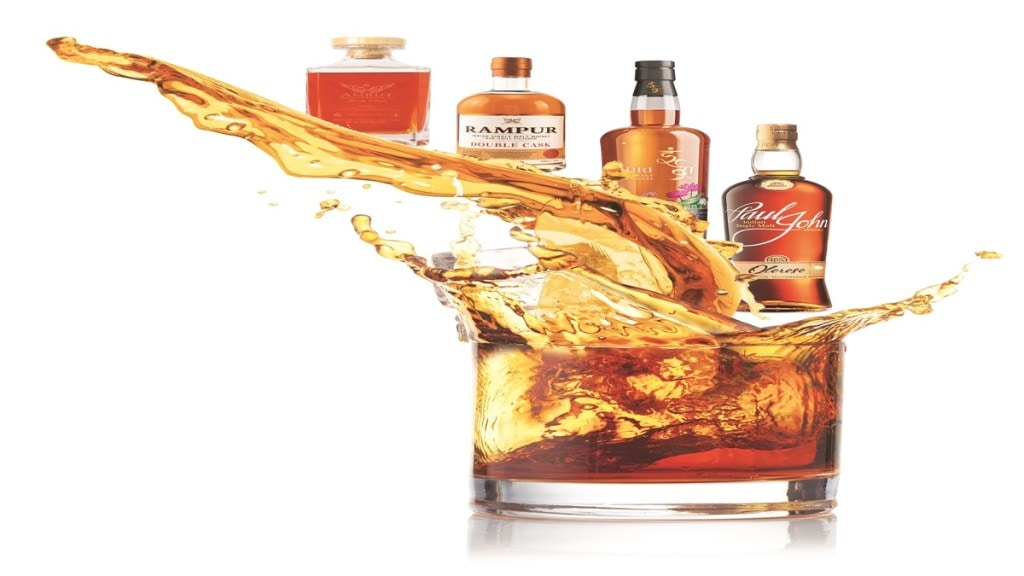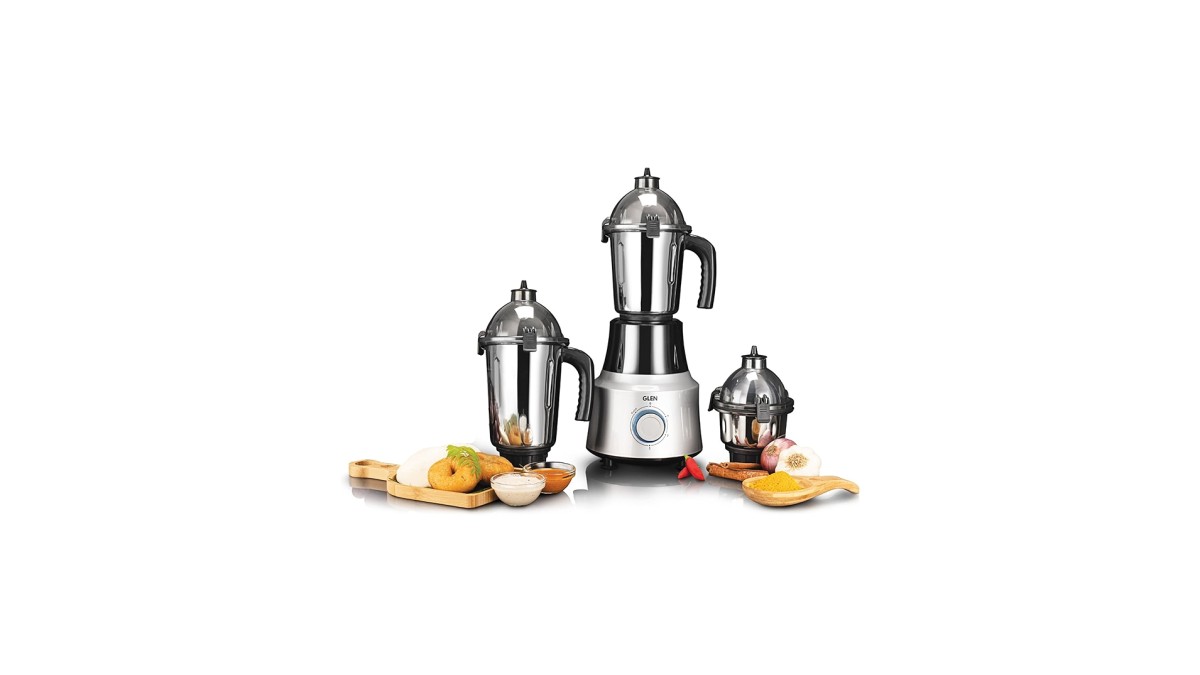There has been a radical shift in the consumption patterns of whisky lovers in India. Over the past few years, a younger and more diverse drinking population is opting for premium spirits, especially whisky. They are eager to expand their understanding of the liquid and go beyond taste to experience the whisky-making process, the legacy and the tradition attached to it.
“With the popularity of the drink, whisky has become an integral part of every occasion, big or small, and an increasing number of women have transitioned to it as their go-to drink,” says Siddhartha Sharma, founder of Piccadily Distilleries, an independent manufacturer and seller of malt spirits in India.
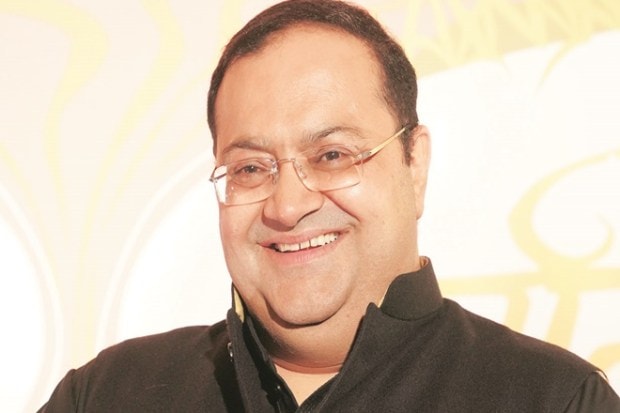
This shift in consumer preference has resulted in the emergence of several new homegrown single malt brands in India – Piccadilly Distilleries’ Indri-Trini being one of them. Last month, Indri-Trini put India on the global map when its Indri Diwali Collector’s Edition 2023 bagged the ‘Best in Show, Double Gold’ category at the coveted ‘Whiskies of the World Awards 2023’. It is one of the largest whisky tasting competitions in the world, where a panel judges over 100 varieties of whiskies from across the globe every year.
“This win is a testament to the quality and the growing popularity of Indian single malts across the globe and further strengthens our mission to produce premium Indian spirits,” says Sharma.
Raising the bar
From just about 5% a decade ago, Indian single malt brands today command a share of about 20%, the rest of the market being dominated by international brands, as per Hemanth Rao, founder of Single Malt Amateur Club, a platform that was started in 2011 for amateurs, professionals and connoisseurs to share experiences and information on single malt whisky.
“In 2015, if you looked around for Indian single malts in the market, you would find just four or five options. In 2021, we conducted a survey to identify the number of single malt variants produced and sold in India, which was 28. Now, we are looking at close to 35 variants, a number that is continuing to grow at a steady pace,” adds Rao.
But what exactly is Indian single malt? A malt whisky (distillation of malted barley) produced in India, at a single distillery, is an Indian single malt whisky, says Rao. And what distinguishes it from its Scottish counterpart? “Apart from the underlying fact of the production geography, there are many factors that ‘may’ change. For example, barley being used (some of the Indian manufacturers use six-row barley compared to the Scottish ones that use two-row barley) and the type of stills being used. Fermentation and maturation cycles are just some of the techniques and processes that change,” explains Rao.
Heemanshu Ashar, global brand ambassador of Paul John, a brand of Indian single malt and single cask whisky manufactured by Bengaluru-headquartered John Distilleries, adds: “Indian single malt is a unique product, made from six-row Indian barley, locally sourced yeast and water, distilled and tropically aged in an oak cask for a minimum of three years in a single distillery.”
Maturation of Indian malts occurs at a higher rate than the whiskies of colder climes. “Indian malts also offer rare tropical flavours. Indian whisky connoisseurs, as well as connoisseurs of whisky from other countries, enjoy good quality products and recognise and enjoy the quality offered by Indian malts,” explains Ashar.
Till a few years ago, India was not known to be a producer of quality alcohol brands, leave alone single malts. But that has now changed. “Indian brands are now competing with the finest in the world and creating a new category of ‘Indian single malts’. The young consumer today is willing to experiment and try out new things. With high quality and global recognition, Indian single malts are now getting preference over the traditional ones from Scotland. The Indian diaspora overseas is equally passionate about the superior quality of single malts coming from India and love to share and stock them in their bars,” says Sanjeev Banga, president, international business, Radico Khaitan.
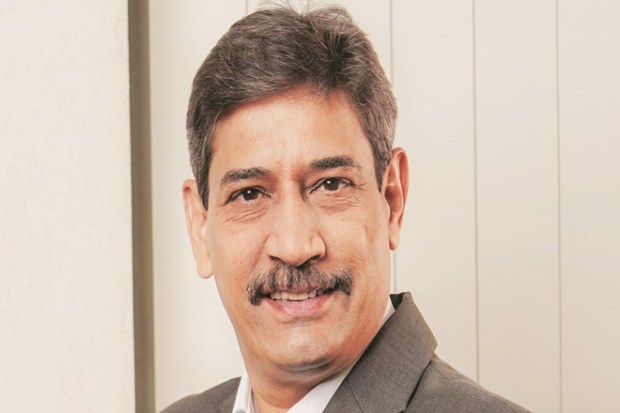
Due to its high quality and variety, Indian single malt whisky is undoubtedly enjoying glory and recognition worldwide. “Indian distillers have created a niche globally within the single malt whisky category. This is because we are producing exceptionally good quality single malt whisky which is appreciated in India and around the world. Consumers in India are extremely knowledgeable about single malt whiskies and are willing to try new malts coming from India,” says Rakshit Jagdale, MD of Amrut Distilleries, an Indian company best known for its eponymous Amrut brand, which is the first single malt whisky to be made in India.
“We launched India’s first Indian single malt whisky ‘Amrut’ in Glasgow (Scotland) on August 24, 2004, at an Indian restaurant called Cafe India. Currently, we have close to 45 expressions of our range of single malt whiskies and are present in 60 countries worldwide,” says Jagdale, whose grandfather JN Radhakrishna Rao established the company in Bengaluru, Karnataka, in 1948.
“From the beginning, our USP is that we are Indian, not Scotch/Irish. Our single malts are made from 100% malted Indian barley, fermented, distilled and matured in Indian tropical climatic conditions having its own uniqueness and character,” adds Jagdale, whose company is currently selling over 1,00,000 cases worldwide of its range of malt whiskies.
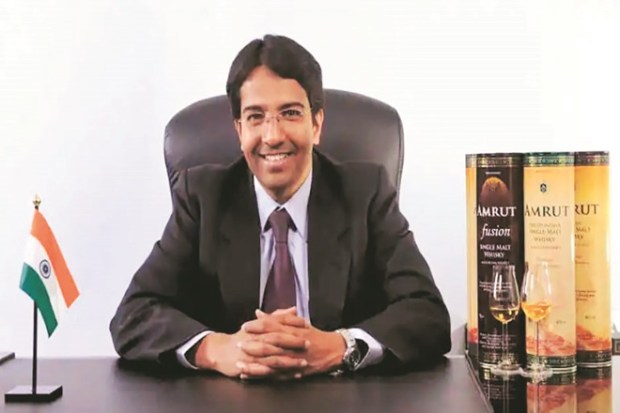
Malts in the making
Radico Khaitan, a leading manufacturer of Indian made foreign liquor (IMFL), had been operating its malt distillery for almost 27 years before launching its first Indian single malt. The company was using the time to mature the malt and using it for blending its whiskies. “We were waiting for the right malt to be ready before bottling it. In November 2015, we tasted a malt during a review meeting at Rampur Distillery and loved it so much that we decided to bottle it. Five months later, in April 2016, we were in Las Vegas, US, launching the first expression of Rampur Indian single malt – Rampur Select,” says Banga.
Within the first year itself, Rampur Select won the Double Gold Medal at the San Francisco World Spirits Competition. Whisky Advocate, a US-based spirits magazine, rated it among the top 30 whiskies of the world for 2017 at No. 5. And the rest, they say, is history.
“We now have seven expressions, all of them loved by whisky aficionados and malt connoisseurs worldwide. Rampur expressions have been winning awards and accolades globally,” adds Banga.
Currently, Rampur is available in 40 countries. Looking at the strong consumer response, it tripled its malt distillation capacity a couple of years ago and a lot of malt is currently under maturation. “This will start rolling out from this year onwards and we will be expanding distribution within India as well as to the rest of the world. Our brands are currently available in over 100 countries, so a lot of markets are still deprived of Rampur Indian single malt,” explains Banga.
Similarly, John Distilleries’ single malt plant was first set up in 2008, before launching its single malts four years later in 2012. Over the past decade, the company’s presence has grown to 44 countries. “We have over 10 expressions in the market from Nirvana at 40% ABV to our flagships — the unpeated Brilliance and the peated Bold, both at 46% ABV. We have the Select Cask range of higher ABV and the exclusive Zodiac series that include Asia’s ‘best whisky’ – Kanya by Paul John and the world’s ‘finest whisky’ — Mithuna by Paul John. We also have the Christmas editions, a limited edition released every year and which is now known as a collector’s whisky,” says Ashar.
Around the same time, Piccadilly Distilleries opened its first malt distillery in 2012. In just a decade, it has become one of the largest independent malt manufacturers and sellers of malt spirits in India, producing three brands and four million litres annually. “Since Piccadily was initially a bulk malt seller to distilleries across the country, we developed a reputation for producing quality malt and had the advantage of having several consumers from around the world sipping our liquid,” says founder Sharma.
In 2021, the company ventured into the premium single malt segment with the launch of Indri-Trini, India’s first triple cask single malt whisky matured in ex-Bourbon, ex-French wine and PX Sherry casks. Having won more than 14 prestigious global awards so far, Indri-Trini has put India on the world map of premium single malts like never before.
In the first year of its launch itself, Indri-Trini achieved sales exceeding 15,000 cases (9 litres). “This year, we are poised to achieve 3x growth, solidifying our position as the fastest-growing Indian single malt brand. The evidence of this impressive growth lies in the various prestigious awards and recognitions we have received within just 18 months of our launch,” adds Sharma.
One for the future
The Indian single malt category is witnessing robust growth with its innovation, building interest among whisky purists and attracting them to the category. As per global agency IWSR’s 2023 report, while Indian whisky is growing at a CAGR of 3.8% (2022-27), the premium Indian whisky category is growing at 16% (2022-27). “As more players enter the market, the increase in the production of single malt whisky and aged barrel whisky will have a positive impact on product consumption in the coming years. The rise in demand from younger consumers in India will also catalyse market growth,” says Sharma of Piccadilly Distilleries.
At the same time, there are many challenges that manufacturers face and some are more specific to the Indian context. “Indian manufacturers of single malt whisky have encountered challenges related to production delays influenced by climate, maintaining consistent quality in varying conditions, navigating complex and differing state regulations, and facing growing competition in the market,” says Rao of SMAC.
However, Rao adds that the market for Indian single malts is promising, driven by the recognition of their unique flavours and craftsmanship. “As consumers increasingly appreciate the quality and distinctiveness of Indian whiskies, the future looks bright, with opportunities for innovation and expansion, both domestically and in the global market, as Indian single malts continue to gain acceptance as a distinctive category,” says Rao, whose favourite is Amrut Peated single malt in the peated arena and Paul John Edited in lighted peated whisky. “Indri-Trini is a great bang for your buck whisky and offers something for almost everyone in terms of taste profiles,” he adds.
The Indian single malt category will not only expand but also expand with product innovations, says Ashar of Paul John. “We have our annual release of Christmas Edition 2023 being rolled out as we speak. This is a tradition we have built over the years. We are now in its 6th year and this is greatly anticipated by the whisky connoisseurs across the world. There are future Select Cask finishes planned in new wine casks,” he says.
“We keep innovating and, in our desire to showcase India to the world, there will be more expressions of Rampur and malt whiskies that will be shared with the world,” says Banga of Radico Khaitan. “Rampur Jugalbandi is a series of eight expressions of which #1 and #2 were launched last year, #3 and #4 are being launched now and four more expressions will be launched in near future. Also, we recently introduced Sangam world malt whisky. There are many localised / regional drinks in
India that we want to take to the world. So, we are very excited about the future of Indian single malts as well as our luxury portfolio of Indian spirits,” he adds.
$13 billion: The size of the whisky market in India in FY2021, as per Statista
$22 billion: The projected size of the Indian whisky market by FY2025, as per Statista
3-5%: Share of single malts in the Indian whisky market
20%: Market share of Indian brands in single malts
Courtesy – Single Malt Amateur Club (SMAC)

